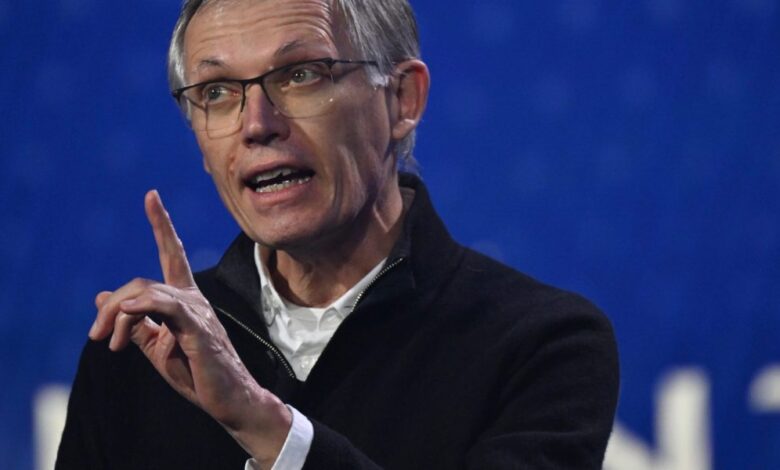The Rise of Chinese Electric Vehicles Sparks Concern Among Global Automakers

The global automotive landscape is undergoing a seismic shift as Chinese electric vehicles (EVs) emerge as formidable competitors, posing a substantial threat to established players like Stellantis and Tesla. The affordability and aggressive global expansion of Chinese EV manufacturers, particularly BYD, backed by Warren Buffett’s Berkshire Hathaway, have industry leaders on edge.
The Chinese Offensive: Stellantis CEO Carlos Tavares recently compared China’s growing influence in the EV market to the historical arrivals of Japanese and South Korean carmakers in the United States. Tavares identified the Chinese offensive as a significant risk for companies like Tesla and Stellantis, emphasizing the need to offer consumers superior products to counter the threat.
BYD, currently surpassing Tesla in global EV sales, stands out as the most-feared Chinese carmaker. Michael Dunne, CEO of Dunne Insights, highlighted BYD’s unbeatable pricing strategy, leaving boardrooms in America, Europe, Korea, and Japan in a state of shock.
BYD’s Advantage: A key factor contributing to BYD’s success is its ownership of the entire EV battery supply chain, keeping costs low and maintaining a competitive edge. With EV batteries accounting for approximately 40% of a new electric vehicle’s price, BYD’s vertically integrated approach gives it a distinct advantage.
Challenges in the American Market: While protectionist measures, including a 25% tariff on Chinese-made cars, currently limit the influx of Chinese EVs into the American market, concerns persist. Tavares expressed worries that Chinese carmakers might utilize factories in Mexico to sidestep tariffs, potentially gaining a significant share of the U.S. market.
Stellantis’ Strategy: In response to the threat, Stellantis plans to launch 18 new EVs in 2024, with a focus on North America. Tavares acknowledged that the job is not complete until EV prices align with those of traditional cars. In Europe, where protection from Chinese competition is limited, Stellantis is strategically pricing its new electric Citroen e-C3 to compete with budget models from Chinese rivals.
Avoiding a Race to the Bottom: Tavares cautioned against engaging in a damaging price war, emphasizing the importance of maintaining profitability. Stellantis aims to avoid a “race to the bottom,” a strategy that could jeopardize the financial health of companies in an increasingly competitive market.
Industry Response and Future Challenges: Tesla CEO Elon Musk, recognizing the prowess of Chinese carmakers, expressed concerns about the potential demolition of other global car companies if trade barriers are not established. As industry leaders grapple with the threat posed by Chinese EVs, the future promises fierce competition and a need for innovation to stay ahead in the rapidly evolving electric vehicle market.


